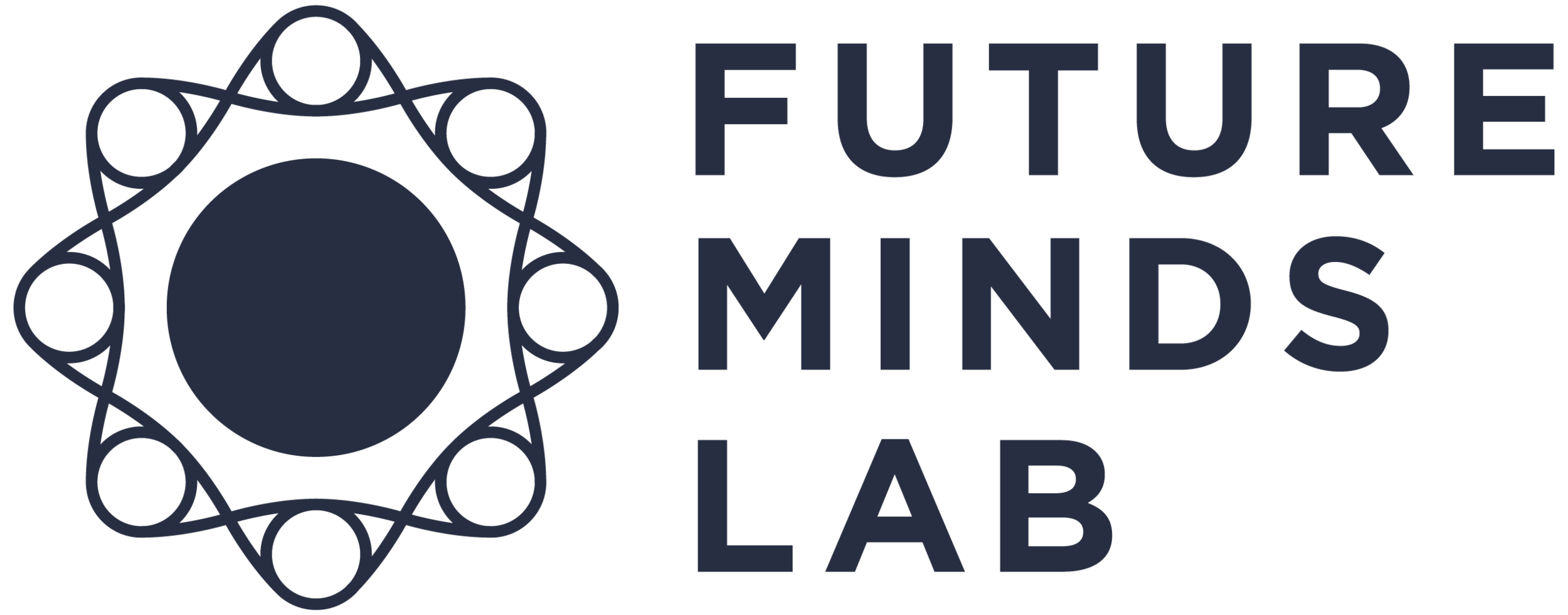The Science of Imagination
Imagine a sunset, your mother or just what you had for breakfast. We have this amazing ability to run a virtual simulation of events, places and things in our mind. This simulation machine is called mental imagery. Some people have strong imagery, others weak.
Progress in understanding mental imagery and how it might affect everyday performance has been very slow, due largely to the fact that ‘seeing what is not there’ is inherently private; what we are ‘seeing’ in our imagination is for our viewing pleasure only. Hence, we simply don’t know much about how having a strong imagination might affect planning, product development, goal setting, creativity – anything that might benefit from any type of simulation.
However, we have developed the first objective and scientific technique to measure the perceptual or sensory strength of the human imagination. This lets us step around the subjectiveness of having to ask someone their opinions about their own imagery.
“We figured out a way to hack a perceptual illusion called binocular rivalry to measure mental imagery strength. This method is more objective than prior methods, which often relied on using questionnaires asking people directly about their mental images,” explains Lab director Pearson.
Binocular rivalry is the first and, so far, only method to directly measure imagery strength. This perceptual phenomenon involves presenting a different pattern to each eye, resulting in one of the images reaching awareness, while the other is suppressed. Numerous experiments have demonstrated the efficacy of this particular behavioural measure and the potential consequences of it are far-reaching: “This discovery now allows us to look into the brain mechanisms behind the imagination and how to boost the power of the visual imagination,” Pearson explains. “We can now measure mental imagery in clinical populations and see how it changes with mental and neurological disorders, and we are currently working on new ways to measure the capacity of the imagination.”
Next on the cards is to see how your imagery strength affects your performance across a broad range of processes like innovation, creativity, planning and setting goals.
Original Paper:
Pearson, Joel, et al. "Mental imagery: functional mechanisms and clinical applications." Trends in cognitive sciences 19.10 (2015): 590-602.

